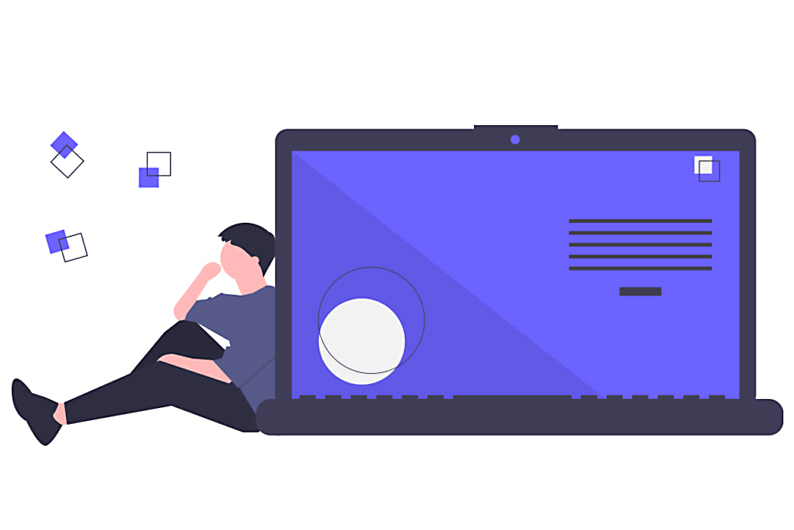Starting your journey in web development is an exciting endeavor, but as a beginner, it can be accompanied by challenges. This comprehensive guide is tailored to provide novice developers with detailed insights and step-by-step instructions on how to successfully undertake their first web project. Drawing from personal experiences, this guide aims to demystify the process and empower beginners to tackle the complexities of web development.
1. Planning and Organization
The cornerstone of a successful web project lies in thorough planning and organization. Before delving into development, it’s imperative to gain a crystal-clear understanding of the project’s requirements. Define the scope, functionalities, and structure of your project. Choose a programming language that aligns with your goals, such as PHP or Asp.Net, and select a corresponding development tool like Dreamweaver or Visual Studio. Additionally, familiarize yourself with technologies like CSS and jQuery, as they play a pivotal role in shaping the project’s design.
During the planning phase, make informed decisions about the project’s pages, content, and overall design. This stage lays the groundwork for a smoother development process.
2. Database Structure
A robust and well-designed database structure is fundamental for the seamless flow of data within your web project. Take the time to carefully plan and establish tables, considering their inter-relationships. This meticulous approach ensures that data is handled efficiently throughout various processes initiated by the project. The database structure serves as the backbone, influencing the project’s performance and functionality.
3. Development (Coding)
Armed with a comprehensive plan, you can now transition to the development phase, often referred to as coding. During this stage, it’s crucial to maintain an organized file structure. Group admin and user files separately within clearly named directories for enhanced clarity. Adopt best practices, such as creating modular files for shared components like headers, footers, and menus. This modular approach simplifies the development process and fosters a clean and efficient coding environment.
As a beginner, focus on building each page or module methodically. Embrace coding standards and conventions relevant to your chosen programming language. Regularly save and back up your work to prevent data loss.
4. Testing
Testing is an integral part of the web development lifecycle. Implement inline testing throughout the development process to identify and rectify issues promptly. This proactive approach ensures that your project maintains cross-browser compatibility, minimizing potential setbacks. Consider creating a systematic testing plan that covers each aspect of your web project, from functionality to design elements.
Thorough testing enhances the overall quality and reliability of your web project. Pay attention to user experience, responsiveness, and potential security vulnerabilities. Utilize debugging tools to identify and address any coding errors efficiently.
5. Continuous Learning and Improvement
Web development is a dynamic field that constantly evolves with emerging technologies and trends. Embrace a mindset of continuous learning and improvement. Stay informed about the latest updates in programming languages, frameworks, and best practices. Actively engage with online communities, forums, and tutorials to broaden your knowledge base. Seek feedback on your projects to identify areas for improvement.
Embarking on your first web project as a beginner is undoubtedly a challenging yet rewarding experience. This comprehensive guide has provided a roadmap encompassing planning, organization, database structuring, coding, and testing. As you navigate through each phase, remember that challenges are opportunities for growth and skill enhancement. Embrace the learning process, stay curious, and relish the satisfaction of bringing your web project to fruition. Happy coding!
